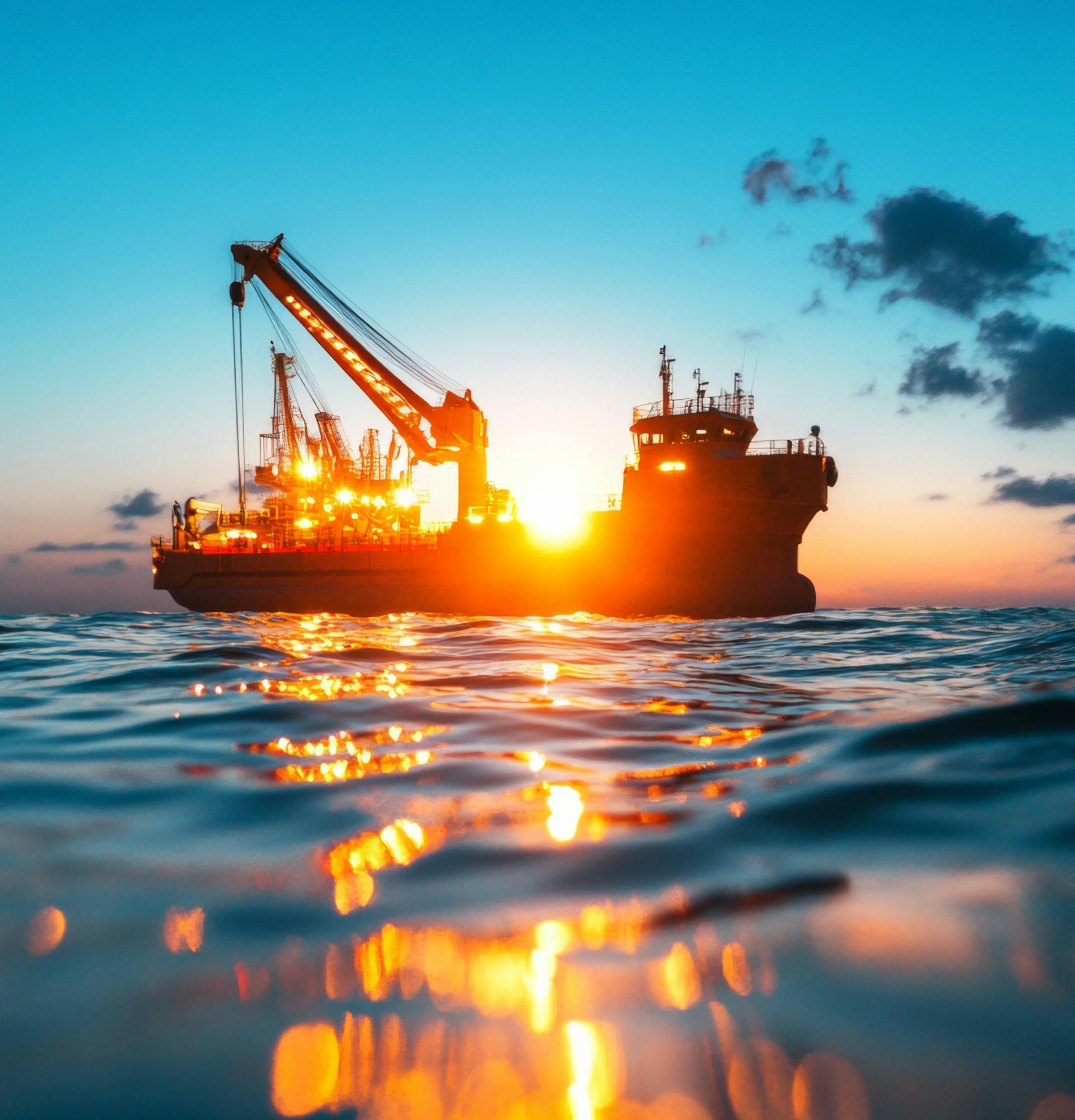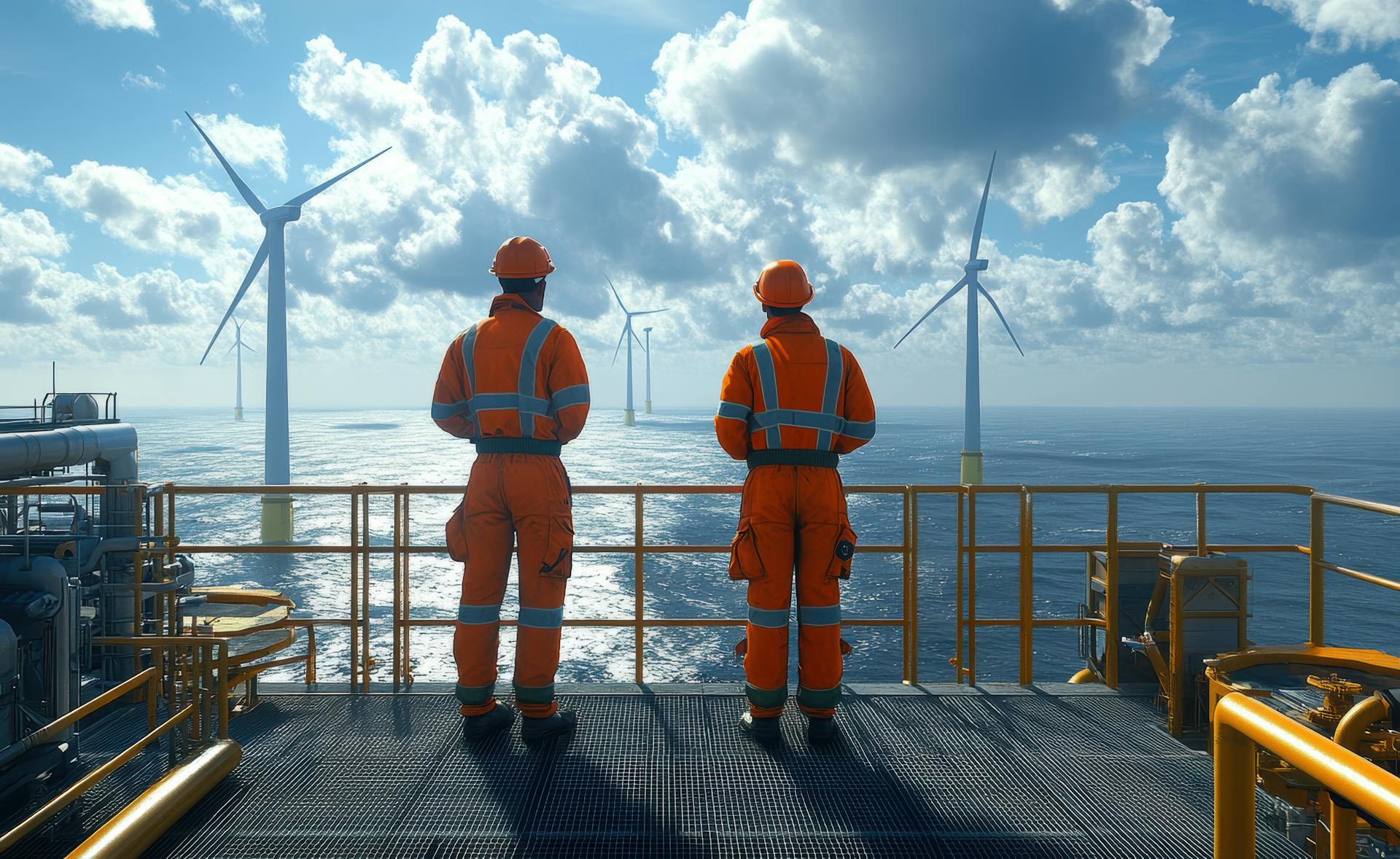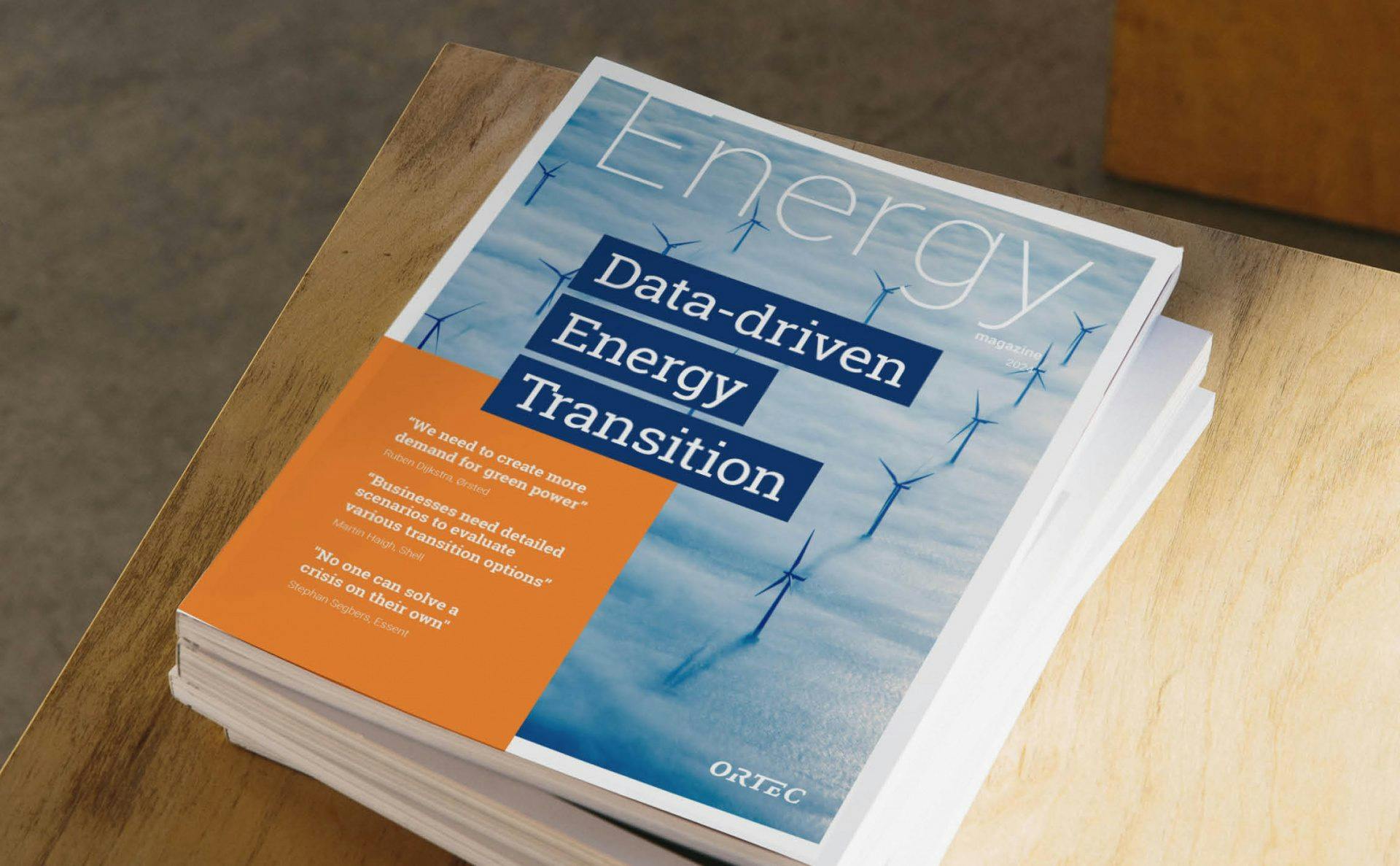Rapid Growth Under Pressure Calls for Smart Maintenance Solutions
Read time: 6-7 minutesOffshore wind is booming, but rising costs and complexity put pressure on operations. ORTEC helps tackle these challenges with smart, data-driven maintenance planning. Thus, improving efficiency, lowering costs, and supporting the energy transition.
Interview with Floris van den Broek, Specialist in Data Science & Consulting at ORTEC

The offshore wind sector is rapidly expanding, but obstacles threaten to impede its progress. The Netherlands aims for 21 gigawatts (GW) of installed capacity by 2030, while Europe targets 300 GW by 2050. Billions of euros in investments are fueling the energy transition, yet the Financieele Dagblad warns of rising costs, grid congestion, and wary investors pulling back. Challenges in constructing new wind farms amplify the importance of efficiently maintaining existing parks. At ORTEC Data Science & Consulting, we address these issues with smart, data-driven solutions. "In this complex situation, I see opportunities," says ORTEC specialist Floris van den Broek.
Challenges in the Offshore Wind Sector
The first wind farms in the Dutch North Sea, such as Princess Amalia (2006), are nearing the end of their lifespan. Meanwhile, turbines are becoming larger—some now reaching up to 260 meters—and farms are located further offshore. This makes offshore wind farm operations and maintenance increasingly complex and costly. "The sector is growing not only in scale but also in technical and logistical complexity," says Van den Broek. "Maintenance of offshore wind turbines has become a puzzle involving weather conditions, scarce technicians, and high costs. A single day of downtime can cost tens of thousands of euros in operational expenses and lost revenues."
The figures underscore these challenges. A specialized vessel, like a jack-up ship needed for tasks such as gearbox replacement and lifting heavy components, can easily cost €50,000 per day. Additionally, crew transfer vessels (CTVs) are required to transport maintenance teams to the turbines. Inefficiencies in planning and execution quickly drive up expenses. Inflation, rising interest rates, and diminishing subsidies further weaken the business case. "It’s a double-edged sword," Van den Broek explains. "The ambition is there, but financial and operational realities demand a new approach."

Floris van den Broek, Specialist in Data Science & Consulting at ORTEC
"Maintenance has become a puzzle involving weather conditions, scarce technicians, and high costs. The ambition is there, but financial and operational realities demand a new approach."
Maintenance: Planned and Urgent
Offshore wind farm maintenance falls into two categories: planned and urgent. Planned maintenance, such as inspections and upgrades, ideally minimizes production losses. Urgent maintenance typically occurs after a turbine has stopped unexpectedly, often due to component failure. This requires immediate action, frequently under pressure and challenging weather conditions. "Urgent maintenance complicates matters by injecting high-priority, last-minute tasks (the turbine is already offline) into an established maintenance schedule," Van den Broek notes. "Organizations must be capable of integrating these sudden changes into maintenance plans, and ORTEC can assist with that."
Logistics adds another layer of complexity. Traditionally, maintenance teams travel daily from ports to wind farms. However, CTVs visiting larger, more remote parks now service multiple assets and stay offshore longer. Efficient route planning is crucial to minimizing both travel time and CO₂ emissions. Maintenance tasks also vary dramatically: tightening a bolt is far simpler than a component replacement requiring heavy cranes and vessels. "Each task in offshore wind turbine maintenance has its dynamics, complexity, and requirements," observes Van den Broek. "Planning this calls for a flexible, data-driven approach."
"We are convinced that better planning can lead to greater efficiency, lower costs, and higher reliability."
Floris van den Broek, Specialist in Data Science & Consulting at ORTEC
Precision Through Planning
At ORTEC, we see the complexity of offshore wind as an opportunity to leverage our expertise. With extensive experience in sectors such as logistics and energy, ORTEC understands the importance of efficient planning. "We notice companies in offshore wind struggling to scale operations efficiently," says Van den Broek. "Planning is still relatively basic, and aspects like maintenance, logistics, and external factors could be better integrated. There is significant room for improvement in connecting strategic and operational planning horizons by creating made-for-purpose wind energy software."
Our experience in planning and optimization can contribute to a solution. This includes better aligning maintenance by integrating turbine data—such as vibrations, oil pressure, and wear—with weather forecasts and available resources. "Our idea is that strategic, tactical, and operational planning can help organize maintenance more intelligently," Van den Broek explains. "We are convinced that better planning leads to increased efficiency, reduced costs, and improved reliability—strengthening investor confidence."
Growth Under Pressure
Despite investment concerns, the offshore wind sector remains a growth market. European targets, like achieving a CO₂-neutral energy system by 2050, compel countries to take action. The Netherlands continues issuing new tenders while grid operator TenneT struggles with grid congestion, a bottleneck delaying wind energy connections. Creating efficiency in offshore wind farm maintenance is critical as major companies such as RWE, Eneco, and Vattenfall continue investing, albeit more cautiously. "The sector will not come to a standstill," Van den Broek predicts. "But financial conditions will be scrutinized more critically. With wind farms increasingly tendered without subsidies, costs are under close examination. For instance, no company could make the business case work for three offshore wind farms tendered in Denmark in 2024. Minimizing costs, including maintenance, is increasingly vital for investment decisions and meeting sustainability targets. Data can bridge the gap between ambition and execution." Smart planning reduces costs and the ecological footprint of maintenance operations—critical in a sustainability-driven sector.
The offshore wind sector needs a combination of technology and strategy. If we get this right, we can help the industry and demonstrate how data shapes the energy future.
The Way Forward
ORTEC is also looking at broader challenges, such as workforce planning—critical given the shortage of technicians—and regulatory impacts. European policymakers advocate accelerating sustainability efforts, further increasing demand for innovative solutions. "We’re just at the beginning," says Van den Broek. "The offshore wind sector requires a blend of technology and strategy. Done well, we can assist the industry and illustrate how data shapes the energy future."
By combining data on maintenance activities, weather, turbine conditions, and vessel movements with intelligent algorithms, the sector can achieve significant efficiency gains, according to Van den Broek. "In theory, this is already possible—it’s now about bringing this into practice through data-driven offshore wind maintenance software solutions."
Additionally, workforce management and forecasting play key roles. With a limited number of specialized technicians, optimizing their deployment is crucial. Forecasting models predict not only potential failures but also long-term staffing needs. "This allows us to utilize technicians more efficiently and plan training for future peaks," Van den Broek concludes. This integration of technology and planning minimizes lost revenues and maximizes turbine uptime.
Don't miss out on the next insights
Sign up to our mailing list and be the first to receive our newest insights and digital magazine in your mailbox on a quarterly basis.


